Carlos Ghosn Shocks The WSJ

Carlos Ghosn has the Wall Street Journal flabbergasted. To the utter dismay of the WSJ, Ghosn said that Nissan is talking to their joint venture partner Dongfeng about transferring lithium-ion battery know-how and other electric-car technology to the joint venture. Even more worrisome to the WSJ is Ghosn’s statement that “there’s no limit to technology we bring to China.”
According to the WSJ, “Ghosn’s remarks on electric vehicles, at a news conference Monday, come amid worries by many foreign auto executives about a ten-year plan China is drafting for the electric-vehicle industry that they fear could compel foreign companies to transfer technology to local joint ventures in a way that might result in their losing control of the technology.”
These worries are either worries by junior executives, or the imagination of even greener Wall Street Journal reporters.
Nothing to see, move along: Ever since AMC brought the first Jeep to China, ever since Volkswagen laid the ground works to China’s mass motorization in the early 80’s, foreign companies transferred technology to local joint ventures. That’s just the way it’s done here. If a foreigner wants to build a car in China, he needs a joint venture. If he wants to build parts, he can do it himself and doesn’t have to share with nobody. Advanced technology is often hidden away in parts companies that are 100 percent in foreign hands.
The rules have been written down in the “Catalogue of Guidance to Foreign Investment”, as amended in 2007. The “manufacturing of complete automobiles” by foreigners is “encouraged” with the proviso that “foreign investments shall not exceed 50%.” The manufacturing of “automobile engines”, “key spare parts”, the “production as well as research and development of automobile electronic devices” can be done 100 percent under foreign control. The rules expressly specify that the manufacture of “power cell (NiH and Li-con) and control systems” is limited to equity joint ventures. These rules are available on-line, maybe the WSJ needs help in using Google.
Ghosn is a bit more worldly and seasoned than the WSJ. He has a down-to-earth perspective of the matter: “It often makes little sense to hold back in sharing technology because a partner like Dongfeng is a fast learner and can catch up relatively quickly on any technology.”
Actually, sharing technology in a joint venture is a safer way than not sharing at all. In a joint venture, contracts are written, and payments for licensing are negotiated. If you don’t share, the Chinese will just buy a few cars and quickly reverse engineer the technology, without a dime going to the inventor.

Bertel Schmitt comes back to journalism after taking a 35 year break in advertising and marketing. He ran and owned advertising agencies in Duesseldorf, Germany, and New York City. Volkswagen A.G. was Bertel's most important corporate account. Schmitt's advertising and marketing career touched many corners of the industry with a special focus on automotive products and services. Since 2004, he lives in Japan and China with his wife <a href="http://www.tomokoandbertel.com"> Tomoko </a>. Bertel Schmitt is a founding board member of the <a href="http://www.offshoresuperseries.com"> Offshore Super Series </a>, an American offshore powerboat racing organization. He is co-owner of the racing team Typhoon.
More by Bertel Schmitt
Latest Car Reviews
Read moreLatest Product Reviews
Read moreRecent Comments
- ToolGuy I watched the video. Not sure those are real people.
- ToolGuy "This car does mean a lot to me, so I care more about it going to a good home than I do about the final sale price."• This is exactly what my new vehicle dealership says.
- Redapple2 4 Keys to a Safe, Modern, Prosperous Society1 Cheap Energy2 Meritocracy. The best person gets the job. Regardless.3 Free Speech. Fair and strong press.4 Law and Order. Do a crime. Get punished.One large group is damaging the above 4. The other party holds them as key. You are Iran or Zimbabwe without them.
- Alan Where's Earnest? TX? NM? AR? Must be a new Tesla plant the Earnest plant.
- Alan Change will occur and a sloppy transition to a more environmentally friendly society will occur. There will be plenty of screaming and kicking in the process.I don't know why certain individuals keep on touting that what is put forward will occur. It's all talk and BS, but the transition will occur eventually.This conversation is no different to union demands, does the union always get what they want, or a portion of their demands? Green ideas will be put forward to discuss and debate and an outcome will be had.Hydrogen is the only logical form of renewable energy to power transport in the future. Why? Like oil the materials to manufacture batteries is limited.



















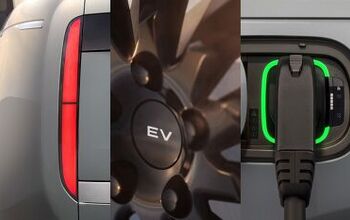


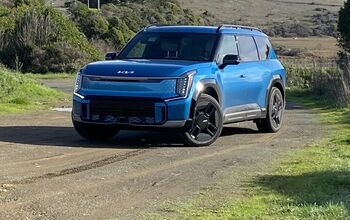
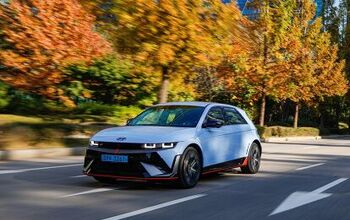

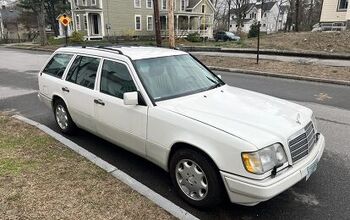
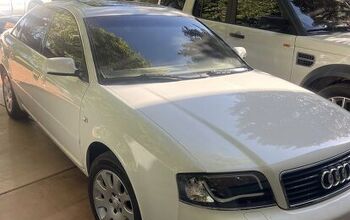
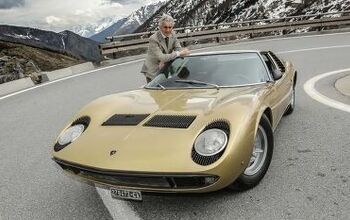


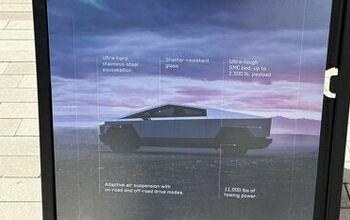
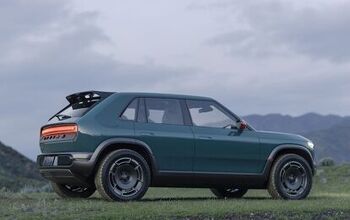
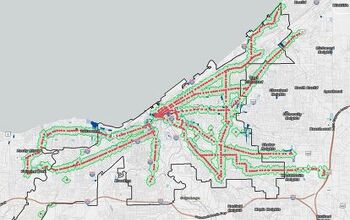
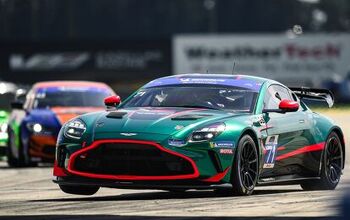
Comments
Join the conversation
I love the Gyro Gearloose reference, for what it's worth.
http://www.armscontrol.org/print/414 http://www.washingtonpost.com/wp-srv/politics/special/campfin/background.htm